Part C
Inquiry Resources
All websites accessed November 2017.
- Treaty Kit – Office of the Treaty Commissioner
- Our Country Our parliament website – http://www.parl.gc.ca/About/Parliament/Education/OurCountryOurParliament/home-e.aspx
- How Canadian Identity has Changed – https://nationalpost.com/news/canada/year-in-ideas-how-canadian-identity-has-changed-and-what-it-means-for-our-future
- An Integrated Aboriginal Policy Framework: http://www.dfo-mpo.gc.ca/fm-gp/aboriginal-autochtones/IAPF-CIPA-eng.pdf
- Indigenous Governance: Consensus Decision Making
- https://www.ictinc.ca/blog/what-does-traditional-consensus-decision-making-mean
- https://www.seedsforchange.org.uk/consensus
- http://www.histori.ca/voices/page.do?pageID=298 (link no longer active)
- http://www.trudeaufoundation.ca/sites/default/files/u5/05_horn-miller.pdf
- Seventh Generation Principle: https://www.ictinc.ca/blog/seventh-generation-principle
- Métis Decision Making
- Collaborative Decision Making Model: http://blog.readytomanage.com/collaborative-decision-making/
- Six Decision Making Processes: https://leadingspace.wordpress.com/?s=Decision+Making+Process
- What Canadian Identity? Which Canadian Values? – http://www.edu.gov.mb.ca/k12/cur/socstud/foundation_gr9/blms/9-1-3b.pdf
- Gabriel Dumont Virtual Museum: http://www.metismuseum.ca
- A Timeline of Important Events in Canadian History – http://www.dummies.com/how-to/content/a-timeline-of-important-events-in-canadian-history.html
- Canadian History Timeline – https://web.archive.org/web/20191023123622/http://www.canadahistory.com/timeline.asp
- CBC – The Acadians – Timeline – cbc.ca/acadian/timeline.html
- Fact Sheet – Quality of Life of First Nations, June 2011: http://www.afn.ca/uploads/files/factsheets/quality_of_life_final_fe.pdf
- The Globe and Mail- The land of lost children. Margaret Philp December 21, 2002: http://www.fact.on.ca/news/news0212/gm021221a.htm
- Peacekeeping – https://web.archive.org/web/20190515115620/http://www.canadahistory.com/sections/war/Peace%20Keepers/peacekeeping.html
- Fighting Antisemitism Together (FAST): http://www.fightingantisemitism.ca/
- The Azrieli Foundation: Memoirs program: http://memoirs.azrielifoundation.org
- Choose Your Voice: http://www.chooseyourvoice.ca
- We are More by Shane Koyczan – Slam Poem from Olympics 2010 – https://www.youtube.com/watch?v=BQbQGn_rqTw
- We are More by Shane Koyczan – words – https://www.mountainlifemedia.ca/2015/07/we-are-more-by-slam-poet-shane-koyczan/
- Canada’s Level of Government – https://www.ola.org/en/visit-learn/teach-learn-play/levels-government
- The Canada Page – https://web.archive.org/web/20081227102655/http://www.thecanadapage.org/
- Information on the Sixties Scoop
- http://legacyofhoca/education/
- http://speakingmytruth.ca
- http://www.thecanadianencyclopedia.ca/en/article/sixties-scoop/
- http://indigenousfoundations.arts.ubc.ca/sixties_scoop/
- Documentary of Sixties Scoop reunion shares story of joy, loss
- Saskatoon woman hopes story helps other impacted families
- Documentary of Sixties Scoop reunion shares story of joy, loss. Saskatoon woany hopes story helps other impacted families. By Courtney Markewich, CBC News Posted: Dec 18, 2016 – Retrieved Oct. 4, 2017: http://www.cbc.ca/news/canada/saskatoon/birth-of-a-family-documentary-1.3902181
- The time they took us away: faces of the Sixties Scoop. by Donna Carreiro. Oct. 9, 2016. – Retrieved Oct. 4, 2017: http://www.cbc.ca/beta/news/the-time-they-took-us-away-faces-of-the-sixties-scoop-1.3787709
Cross Curricular Connections
Themes
- Personal and Philosophical: Students will reflect upon:
- self-image and self-esteem; and,
- self and life, and on their beliefs and values and those of their society.
- Social, Cultural, and Historical: Students will
- look outward and examine their relationships with others, their community, and that of the world; and,
- consider the historical context.
- Environmental and Technological: Students will:
- explore the elements of the natural and constructed world and the role of technology and related developments in their society.
- Communicative: Students will:
- consider the role of communication in their lives and the ideas and technologies that help people become effective communicators.
Treaty Education
- TR8: Analyze the impact of treaty on the Métis people.
- SI8: Assess the impact residential schools have on First Nations communities.
- HC8: Examine how Provincial, Territorial, and Aboriginal governments, who have not negotiated treaty, work to respect each other’s interests.
- TPP8: Assess whether the terms of treaty have been honoured and to what extent the treaty obligations have been fulfilled.
Health
Understanding, Skills, and Confidences (USC)
- USC8.2 Analyze how personal prejudices/biases, and habits of mind shape assumptions about family identities, structures, roles, and responsibilities.
- USC8.3 Investigate and analyze the impact of in/formal supports and services (including testing/diagnostic services) available to individuals, families, and communities infected with/affected by non-curable infections/diseases (including HIV and Hepatitis C).
- USC8.4 Demonstrate an understanding of the impact of violence (including but not limited to emotional abuse, physical abuse, sexual abuse, spiritual abuse, and neglect) on the well-being of and the supports needed for self, family, and community.
- USC8.5 Assess how body image satisfaction/dissatisfaction and over-reliance on appearance as a source of identity and self-esteem affects the quality of life of self and family.
- USC8.6 Examine and assess the concept of sustainability from many perspectives, and develop an understanding of its implications for the well-being of self, others, and the environment.
- USC8.7 Assess the social, cultural, and environmental influences on and supports for sexual health knowledge, attitudes, behaviours, and decisions.
Decision Making
- DM8.9 Analyze the health opportunities and challenges, and establish “support others” personal goal statements, related to family roles and responsibilities, non-curable infections/diseases, violence and abuse, body image, sustainability, and sexual health.
Further Investigation Suggestions
- Take the Canadian identity survey or choose excerpts that will resonate with your classroom. What Canadian Identity? Which Canadian values? – http://www.edu.gov.mb.ca/k12/cur/socstud/foundation_gr9/blms/9-1-3b.pdf
- “You look at the history — the aboriginal people welcomed the first settlers here with open arms, fed us and took care of us … that continues today, we welcome people from all nations to come in and share.” – Peter Stoffer https://web.archive.org/web/20161201101306/http://www.canada4life.ca/quotes.php
How does the above quote represent the collective attitude of Canadians? Do you see us as being welcoming to other nations? Do we recognize that the First Nation people welcomed us here? Give examples to support your statements.
- Great philosophers, politicians and artists, from Confucius to Winston Churchill to Stompin’ Tom Connors, have commented on the roles and responsibilities of a citizen. Read the following quotes and comment on their connection to a democratic country. Create your own quote on responsibility of a Canadian citizen.
- “In a country well governed poverty is something to be ashamed of. In a country badly governed wealth is something to be ashamed.” Confucius (Chinese Philosopher c. 551- 479 B.C.) http://www.edchange.org/multicultural/language/quotes.html#links
- “Courage is what it takes to stand up and speak. Courage is also what it takes to sit down and listen.” Winston Churchill (British Prime Minister, 1874- 1965) http://www.edchange.org/multicultural/language/quotes.html#links
- “If you don’t think that your country should come before yourself, you can better serve your country by livin’ someplace else.” Stompin’ Tom Connors https://web.archive.org/web/20161201101306/http://www.canada4life.ca/quotes.php
- Students create a video on “What is a Canadian”/ “I am Canadian”.
- Simulate a democratic process, but secretly setup each candidate to create unfairness among the candidates. (bribes, more advertisement etc.)
- Role play a situation where for every right there is a responsibility. Ie. Freedom of Speech.
Glossary
“Text from Vocabulary.com, Copyright ©1998-2016 Thinkmap, Inc. All rights reserved.”
Aboriginal
The native, indigenous people of a country are often called aboriginals. In Canada, First Nations, Inuit and Métis people would be considered aboriginals.
The adjective form of aboriginal is used to describe anything related to the native, indigenous people. You may visit a museum that has an exhibit of aboriginal art; or, if you’re a linguist, you may study aboriginal languages. The adjective can also be used to describe something that is indigenous to a place and existed there from the beginning, such as “an aboriginal forest” that consists of old, old trees.
Consensus
When there’s a consensus, everyone agrees on something. If you’re going to a movie with friends, you need to reach a consensus about which movie everyone wants to see.
Ever notice how people disagree about just about everything, from who’s the best baseball player to how high taxes should be? Whenever there’s disagreement, there’s no consensus: consensus means everyone is on the same page. When you’re talking about all the people in the world, it’s hard to find a consensus on anything. There are just too many opinions. However, in a smaller group, reaching a consensus is possible.
Constituents
Constituent means part of a whole, as in “we’ll break this down into its constituent parts.” The word comes up often in political contexts: constituents are the people politicians have been elected to represent.
To understand constituent, look at constitute, which means to make up. A politician’s electorate is constituted of individual constituent voters. Chex Party Mix is constituted of a delightful mix of constituent parts: Chex cereal, pretzels, cheese doodles and those little orange stick things no one has a name for.
Democracy
Whether you’re talking about your glee club or a powerful nation, the word democracy describes government based on participation of the people, either directly or through elected representatives.
Democracy traces back to the Greek words demos, meaning “people,” and kratia, meaning “power.” “People power” remains central to democracy, whether you’re describing a country or a much smaller organization. If your glee club is run as a democracy, then everybody gets to vote on questions like what you’re going to sing and what kind of outfits you’re going to wear. Because democracy assumes some idea of equality, it’s often used to mean a just society, one in which everyone is treated equally.
Federal
Federal Government popularly refers to the national or dominion level of government, and in its most general sense includes the executive, legislative and judicial branches, along with the numerous departments and agencies comprising the administrative branch.
Federal Government
Federal Government popularly refers to the national or dominion level of government, and in its most general sense includes the executive, legislative and judicial branches, along with the numerous departments and agencies comprising the administrative branch.
The 3 principles regulating the powers of the various components of government and the relationships between them are inherited from Britain: parliamentary supremacy, meaning that the Senate and House of Commons acting in conjunction with the Crown possess constitutional plenary powers to legislate; the fusion of executive and legislative instruments, eg, as opposed to the US principle of separation of powers; and the Rule of Law, applied and maintained by an independent judiciary. The relationship between the legislature and the Cabinet is held in equilibrium by the doctrine of individual and collective ministerial responsibility to the legislature. If the executive can maintain the confidence of the legislature, it can continue to govern. If not, a Cabinet must resign or seek dissolution of the legislature and call an election.
A more precise definition of federal government focuses on the term “federal.” A federal government is distinct from a unitary government, eg, that of Britain. In the latter, there is only one seat of ultimate authority. In a federal government, there are 2 independent seats of authority. Parliament and the provinces are each assigned certain powers and jurisdictional terrain. In practice, this subdivision modifies the principle of parliamentary supremacy; each separate level of government is supreme as long as it does not trespass on the preserve of the other. The umpire for resolving jurisdictional disputes is the Supreme Court of Canada.
First Nations
Canadian
An organized aboriginal group or community, especially any of the bands officially recognized by the Canadian government.
First Nations
Usage Note: First Nation has gained wide acceptance in Canada since the early 1980s. Like Native American (which has little currency in Canada), First Nation provides a respectful alternative to Indian, a term that is more likely to be taken as directly offensive in Canada than it is in the United States. However, there are several differences between the Canadian and American expressions. First Nation is essentially a political term, promoted from within the indigenous community as a substitute for band in referring to any of the numerous aboriginal groups formally recognized by the Canadian government under the federal Indian Act of 1876. Unlike Native American, it is not a comprehensive term for all indigenous peoples of the Americas or even of Canada, and while it is often used loosely in referring to Indian groups or communities other than those specified in the 1876 Act, it specifically does not include non-Indian peoples such as the Inuit or the Métis. Although each recognized band or community is a First Nation, the term is more commonly used in the plural with a general collective sense, as in a history of the First Nations in eastern Canada or a program designed for First Nations youth. There is no related form for an individual who is a member of a First Nation; officially, such a person is known as a status Indian.
Métis
“Métis are people of mixed European and Indigenous ancestry, and one of the three recognized Aboriginal peoples in Canada. The use of the term Métis is complex and contentious, and has different historical and contemporary meanings.”
Retrieved from http://www.thecanadianencyclopedia.ca/en/article/metis/.
Author: Adam Gaudrey. Jan. 7, 2009. November 2017
Indigenous
Use indigenous to describe a plant, animal or person that is native or original to an area. Though Switzerland is known for its chocolates, chocolate, which comes from the cocoa plant, is indigenous to South America.
Indigenous, aboriginal, and native all mean the same thing. Aboriginal, however, is commonly used in connection with Australia, and native with North America. The most neutral of the three terms, indigenous comes from the Latin word, indigena meaning “a native.” An indigenous ceremony or religion is one traditionally used by a certain group of people.
Inuit
A member of the Indigenous peoples inhabiting northernmost North America from northern Alaska to eastern Canada and Greenland.
The language of the Inuit, a member of the Eskimo-Aleut family comprising a variety of dialects.
Francophone
Speaking French, especially as a member of a French-speaking population.
A person who speaks French, especially a native speaker.
Legislation
Legislation is the act or process of making or enacting laws. Some people think there should be more legislation in the area of education and some people think there should be less — governments debates the matter periodically.
The noun legislation refers to the actual law enacted by a legislative body at the national, state, or local level. There has been some very odd legislation over the years. In one state it was illegal to kiss on a train; in another, it was illegal to take a bath on Sunday. The sweeping legislation made radical changes to tax law, health care, and immigration law.
Majority
Majority means “most of,” or the biggest part. Does the majority of what owls eat — mice, rats, squirrels, moles — sound appetizing to you? If not, you’re probably in the majority of people.
In an election, victory usually goes to whoever wins the majority of votes, or more than half of them. The opposite of majority is minority. A majority of the more than one billion Roman Catholics in the world live in Latin America; a small minority of all Roman Catholics live in Asia.
Minority
If you have eight pennies and twelve dimes, the minority of your coins are pennies. The word minority is often used to describe people when their race or religion is shared by less than half of a nation. If you have red hair, you are in the minority as most people have blonde or brown hair. . Majority is the opposite of minority.
Multiculturalism
Do you think different cultures can and should get along — and be celebrated? Then you believe in multiculturalism.
Multiculturalism is an optimistic philosophy that says if we learn about and accept other cultures, we’ll all get along better. Sometimes multiculturalism is celebrated by eating food from other countries or learning about how people live in different parts of the world. When you study multiculturalism, you usually learn two things: how different other people are, and how similar they are, too.
Municipal
A municipality refers to a village, town, or city that’s usually governed by a mayor and council. From this noun, we get the adjective municipal, which you can use to describe something that relates to a town or its government.
Your town’s city council may have offices in the municipal building downtown. If you want to fight city hall, that would be the place to go. Municipal also more generally describes anything related to the town or city itself. If you live within the city limits, for example, your house may be hooked into the municipal water supply, but if you live outside the city limits you may have to have your own well.
Provincial
Something or someone provincial belongs to a province, or region outside of the city. Provincial has a straightforward meaning when describing where someone is from, but it has some other shades of meaning too. Something provincial can be quaint and in a pleasing rural or country style, but it also can imply someone less sophisticated, as in someone with provincial, or simple, tastes. Individuals or groups of people who are considered narrow-minded are often labeled provincial, even if they’re from the city.
Treaty
When a war ends, often two countries will sign a treaty, which is a contract where both sides agree to behave a certain way. Treaties are used for many reasons, like creating alliances or preventing nuclear weapons from being built.
The Latin root of treaty is tractare, which means “handle.” When two nations sign a treaty, they decide to handle things according to rules defined in their agreement. However, treaties are not always permanent, and can be broken if one side changes their mind.
Values
Values are the beliefs of a social group. These are often very strongly held beliefs and they are often for something or against it.
It’s no surprise that the word values comes from a word that means “to be worth something”: People often view their values as so precious that they’d be willing to fight for them. Sometimes they do fight for them. The “core values” of a company or organization, while maybe not exactly worth fighting for, do, however, represent what that organization believes in and believes its mission to be.
Appendix
Shane L. Koyczan is a Canadian slam poet. Born in Yellowknife, Northwest Territories, Koyczan grew up in Penticton, British Columbia. In 2000, he became the first Canadian to win the Individual Championship title at the National Poetry Slam and he did Canada proud when he delivered the poem below to an estimated 3.5 billion viewers during the opening ceremonies at the Vancouver 2010 Winter Olympics.
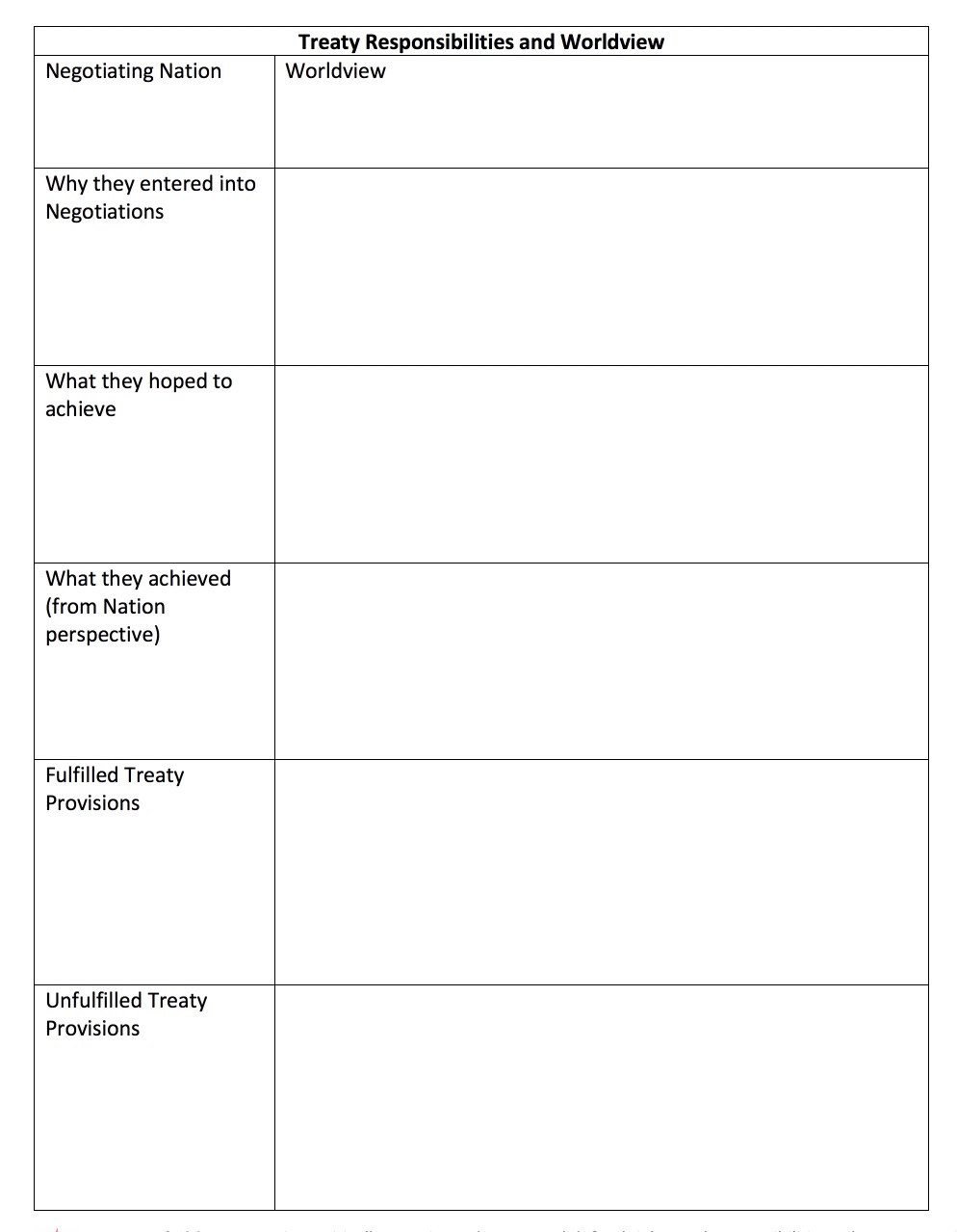
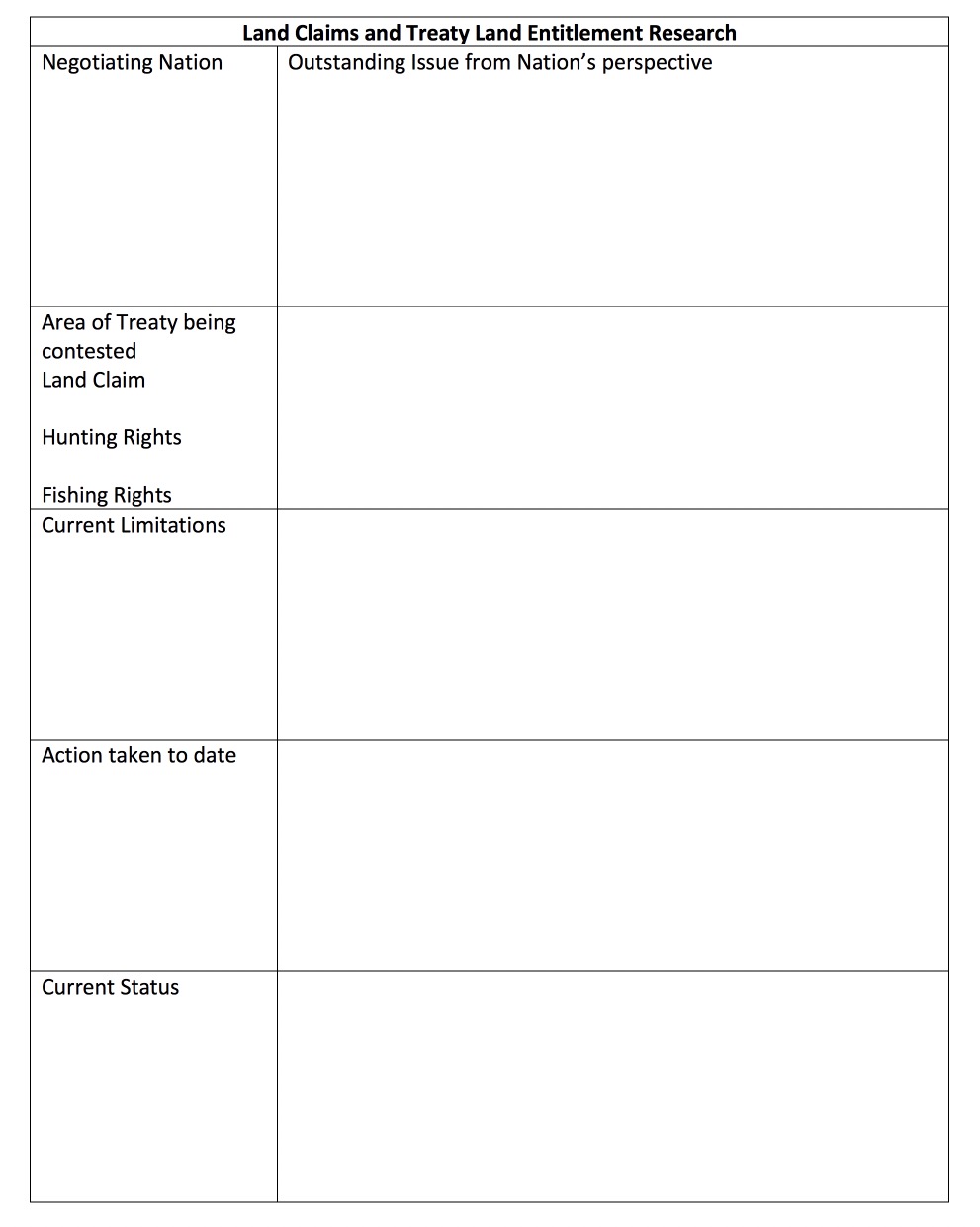
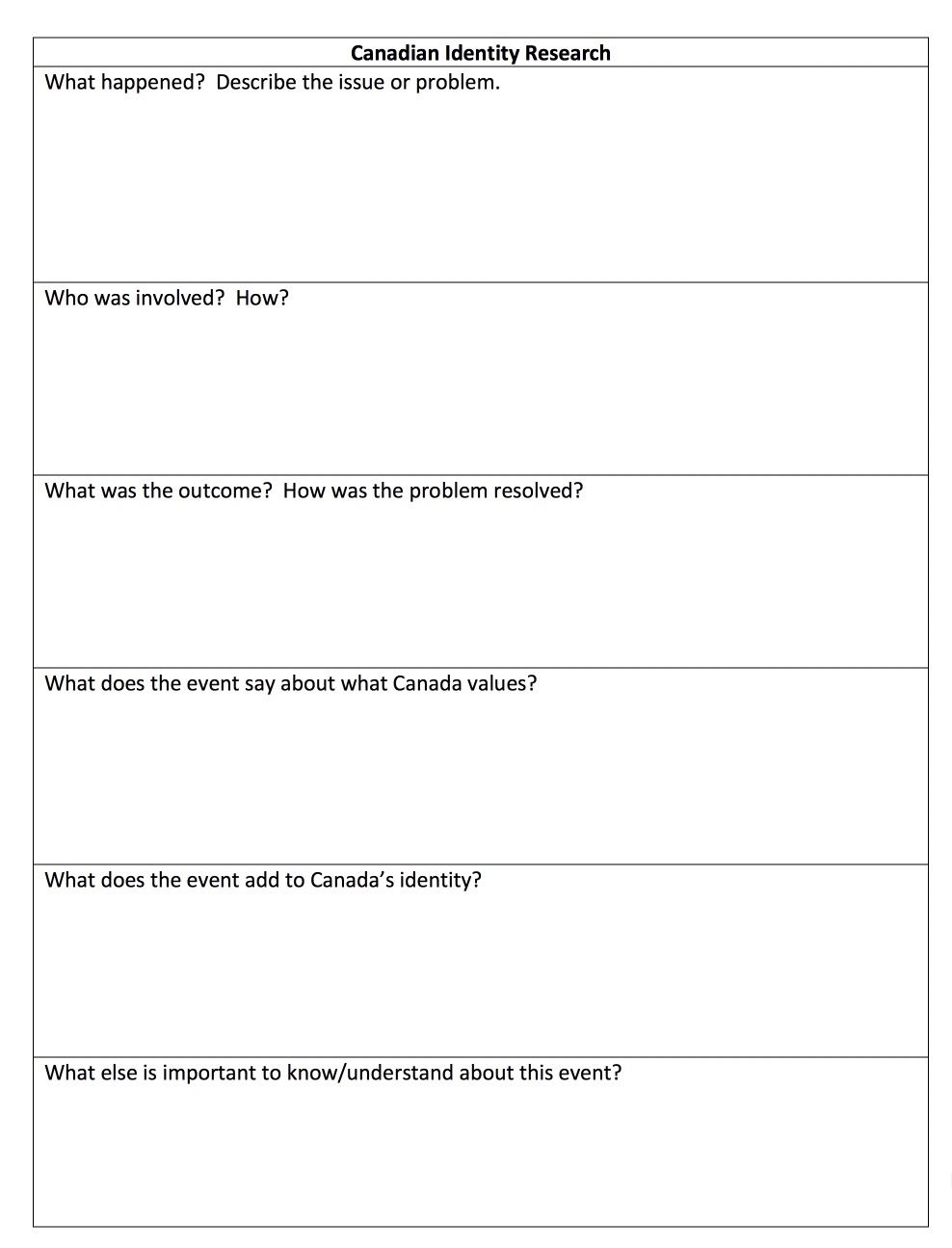
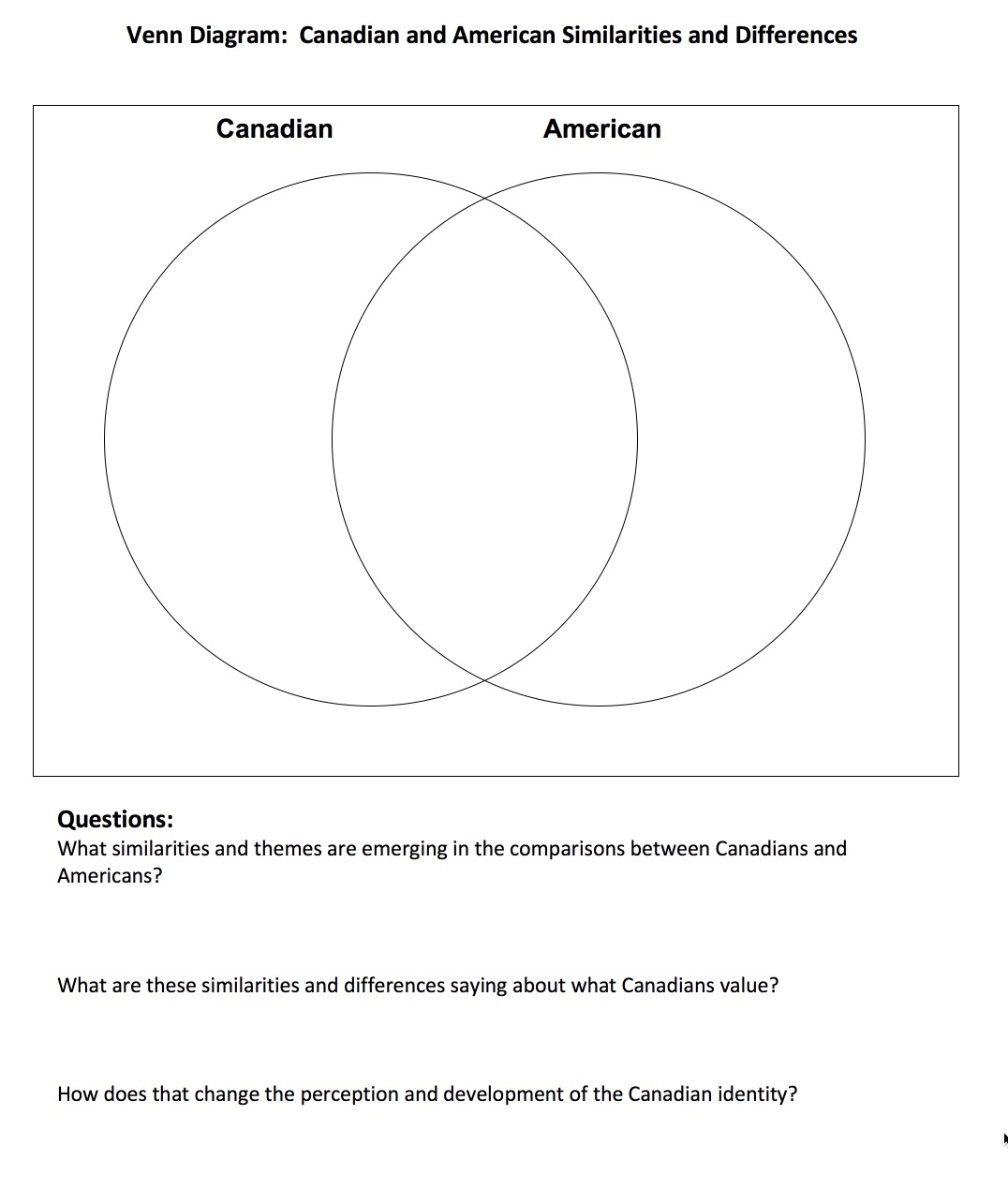
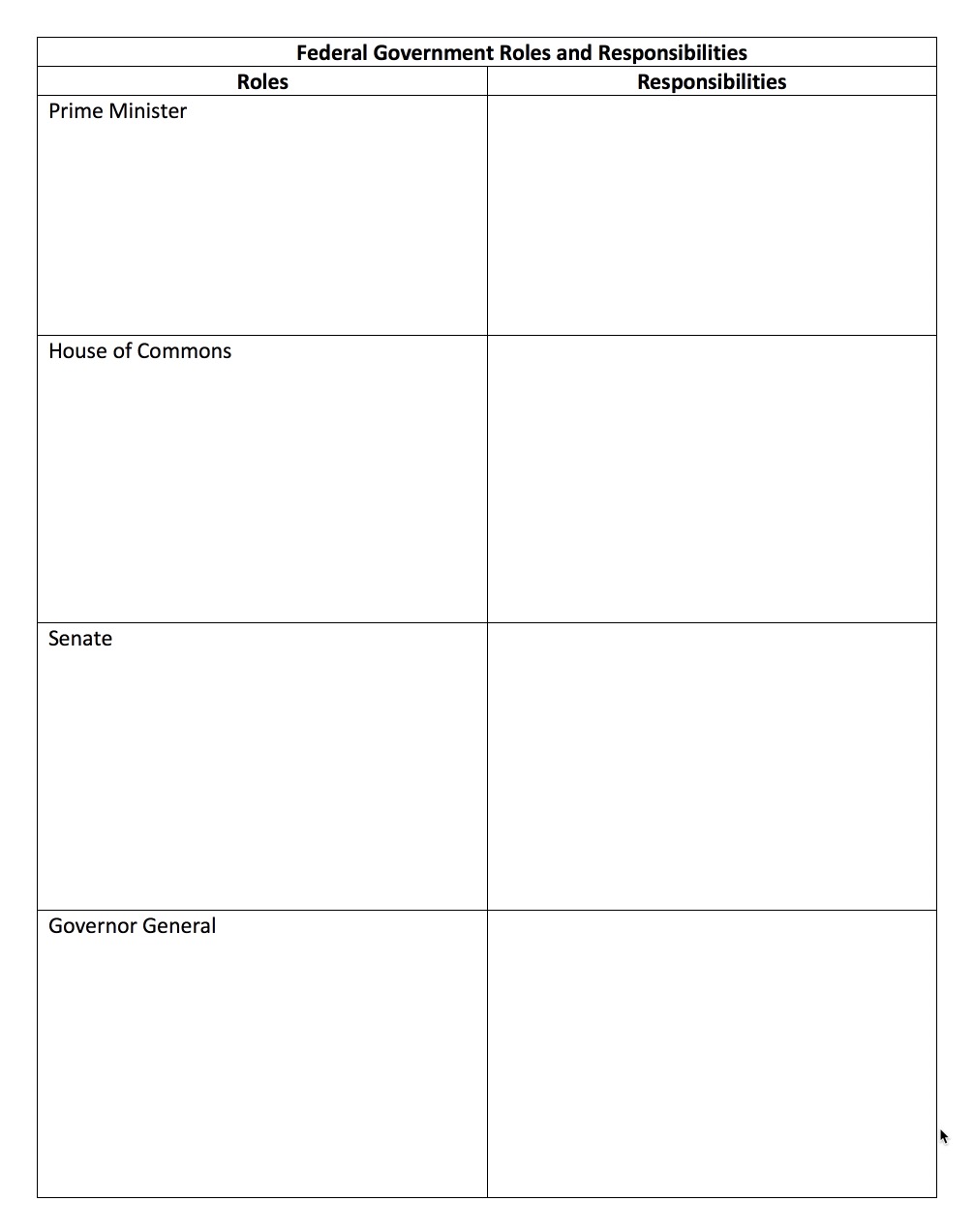
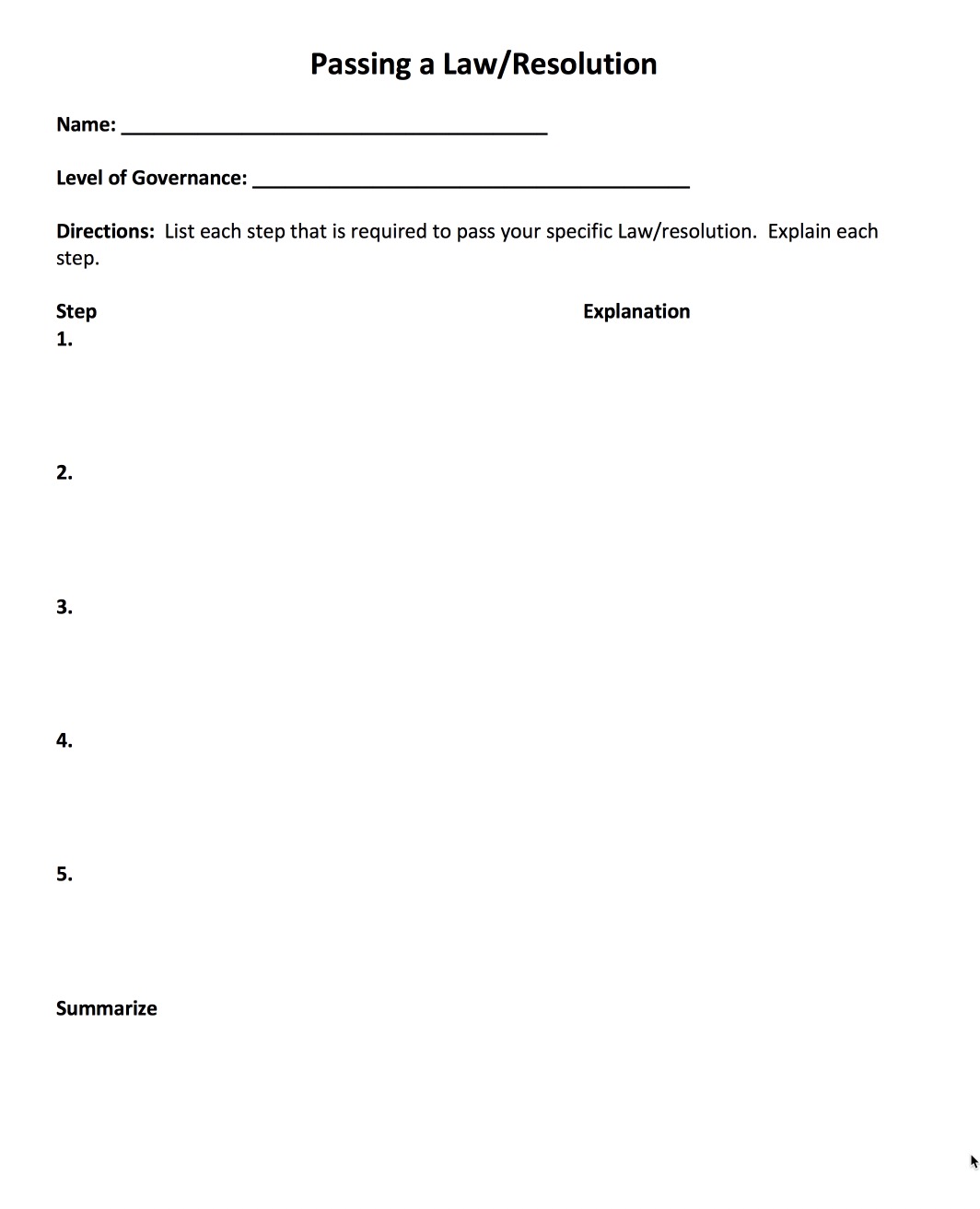
#1: Spontaneous Agreement
This form of decision making happens occasionally when there’s a solution that is favored by everyone and 100 percent agreement seems to happen automatically. These types of decisions are usually made quickly and automatically by the team. However, they are fairly rare, and occur in connection only with the more trivial or simple issues. (And yes, this is a real decision-making process.)
Strength: It’s fast, easy, and everyone is happy; it unites the group.
Weakness: May be too fast; perhaps the issue actually needs discussion.
Use this decision-making process when lack of discussion isn’t vital (i.e., issues are trivial); or when issues are not complex, requiring no in-depth discussion. For instance, when deciding where we want to go to lunch.
#2: One Person Decides
This is a decision that the team decides to refer to one person to make on behalf of the team. A common misconception among teams is that every decision needs to be made by the whole team. In fact, a one-person decision is often a faster and more efficient way to get resolution. The quality of any one person’s decision can be raised considerably if the person making the decision gets advice and input from other team members before deciding.
Strength: It’s fast and accountability is clear; can result in commitment and buy-in if people feel their ideas are represented.
Weakness: It can divide the team if the person deciding doesn’t consult, or makes a decision that others can’t live with; a one-person decision typically lacks in both the buy-in and synergy that come from a team decision-making process.
Use this form when:
- The issue is unimportant or small.
- There’s a clear expert on the team, or when only one person has the information needed to make the decision and can’t share it.
- One person is solely accountable for the outcome.
#3: Compromise (or Negotiation)
A negotiated approach is applicable when there are two or more distinct options and members are strongly polarized (neither side is willing to accept the solution or position put forth by the other side). A middle position is then created that incorporates ideas from both sides. Throughout the process of negotiation, everyone wins a few favorite points, but also loses a few items she or he liked. The outcome is, therefore, something that no one is totally satisfied with. In compromises, no one feels she or he got what she or he originally wanted, so the emotional reaction is often “It’s not really what I wanted, but I’m going to have to live with it.”
Strength: It generates lots of discussion and does create a solution.
Weakness: Negotiating when people are pushing a favored point of view tends to be adversarial, hence this approach divides the team; in the end, everyone wins, but everyone loses, too.
This form is best used when two opposing solutions are proposed, neither of which are acceptable to everyone; or when the team is strongly polarized and compromise is the only alternative.
#4: Multi-Voting
This is a priority-setting tool that is useful for making decisions when the team has a lengthy set of options and rank-ordering the options, based on a set of criteria, will clarify the best course of action.
Strength: It’s systematic, objective, democratic, non-competitive and participative; everyone wins somewhat, and feelings of loss are minimal; it’s a fast way of sorting out a complex set of options; it often feels consensual.
Weakness: It’s often associated with limited discussion, and hence limited understanding of the options; this may force choices on people that may not be satisfactory to them, because real priorities do not rise to the surface or people are swayed by each other if the voting is done out in the open, rather than electronically or by ballot.
Use this form when there’s a long list of alternatives or items from which to choose to identify the best course of action, such as when faced with a huge list of names and need to rank our top 3 for final decision. In this case the final say belongs to someone else i.e. management. Used when do not need to invest the time, energy, and emotion into a consensus-based process, as recommendation could be overruled by management.
#5: Majority Voting
This involves asking people to choose the option they favor, once clear choices have been identified. Usual methods are a show of hands or secret ballot. The quality of voting is always enhanced if there’s good discussion to share ideas before the vote is taken.
Strength: It’s fast and decisions can be of higher quality if the vote is preceded by a thorough analysis.
Weakness: It can be too fast and low in quality if people vote based on their personal feelings without the benefit of hearing each other’s thoughts or facts; it creates winners and losers, hence dividing the team; the show of hands method may put pressure on people to conform.
Use this form when:
- There are two distinct options and one or the other must be chosen.
- Decisions must be made quickly, and a division in the team is acceptable.
- Consensus has been attempted and can’t be reached.
#6: Consensus Building
Consensus building involves everyone clearly understanding the situation or problem to be decided, analyzing all of the relevant facts together, and then jointly developing solutions that represent the whole team’s best thinking about the optimal decision. It’s characterized by a lot of listening, healthy conversation and testing of options. Consensus generates a decision about which everyone says, “I can live with it.”
Strength: It’s a collaborative effort that unites the team; it demands high involvement; it’s systematic, objective, and fact-driven; it builds buy-in and high commitment to the outcome.
Weakness: It’s time-consuming and produces low-quality decisions if done without proper data collection or if members have poor interpersonal skills.
Use this form when:
- The decisions to be made will impact the entire team and when buy-in and ideas from all members are essential.
- The importance of the decision being made is worth the time it will take to complete the consensus process properly.
Adapted from:
https://leadingspace.wordpress.com/?s=Decision+Making+Process
Author rikerjoe. February 28, 2009
Retrieved November 2017
© 2023 Concentus Citizenship Education Foundation Inc. All Rights Reserved.










